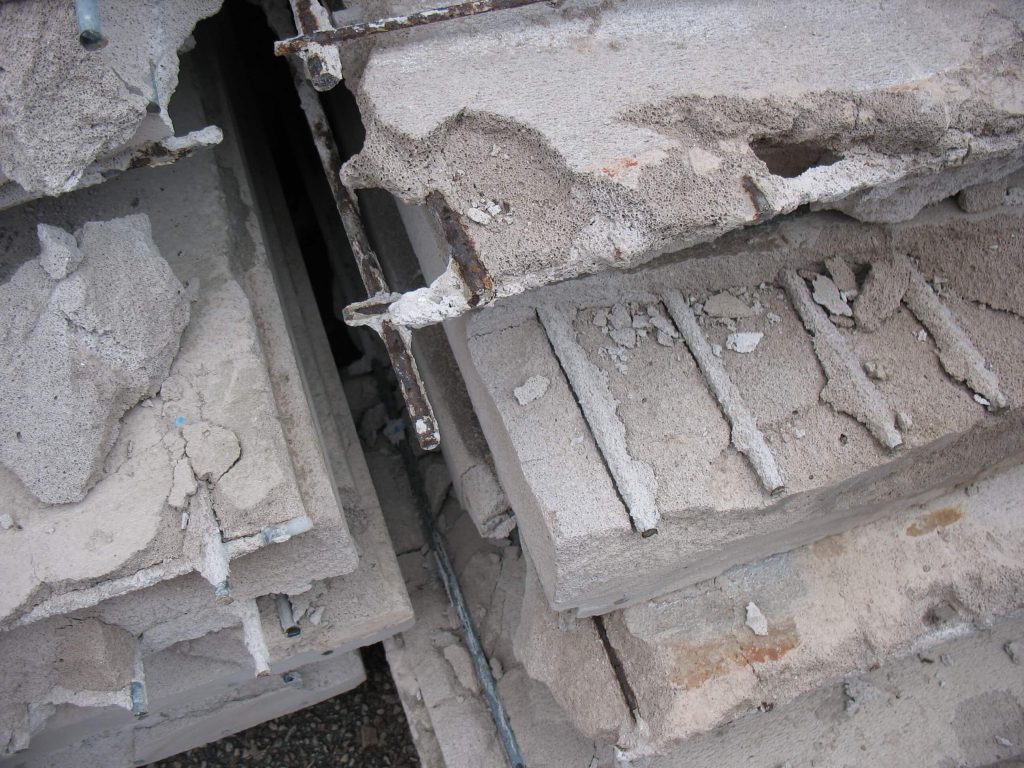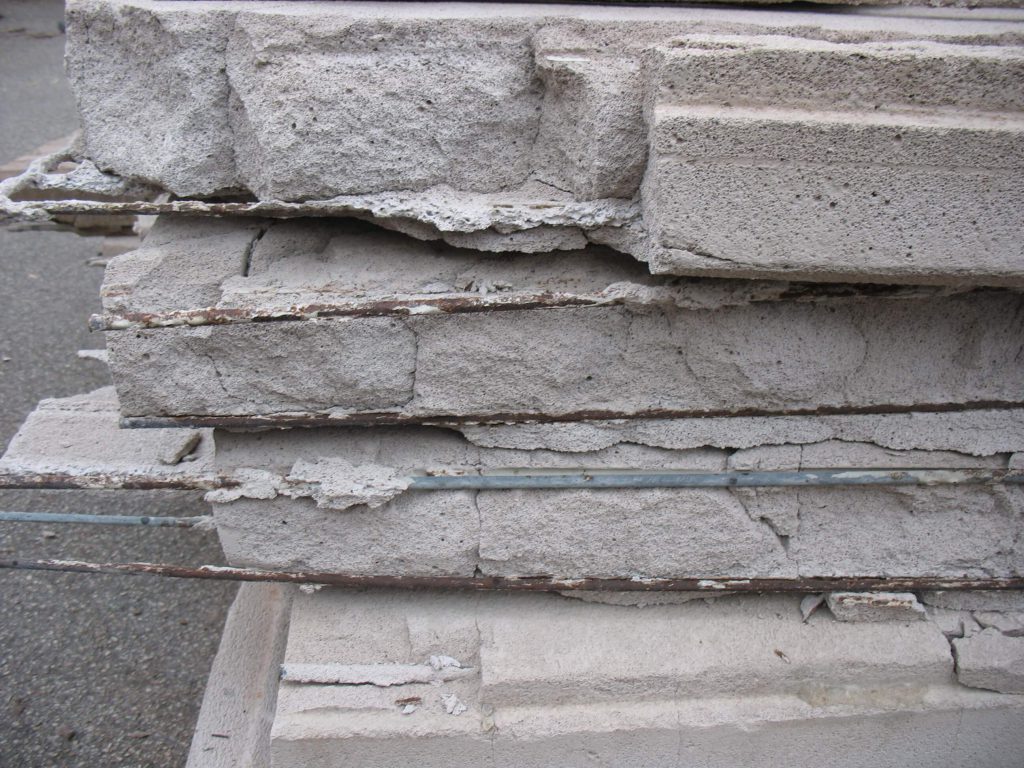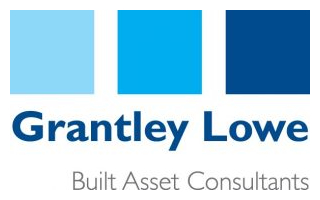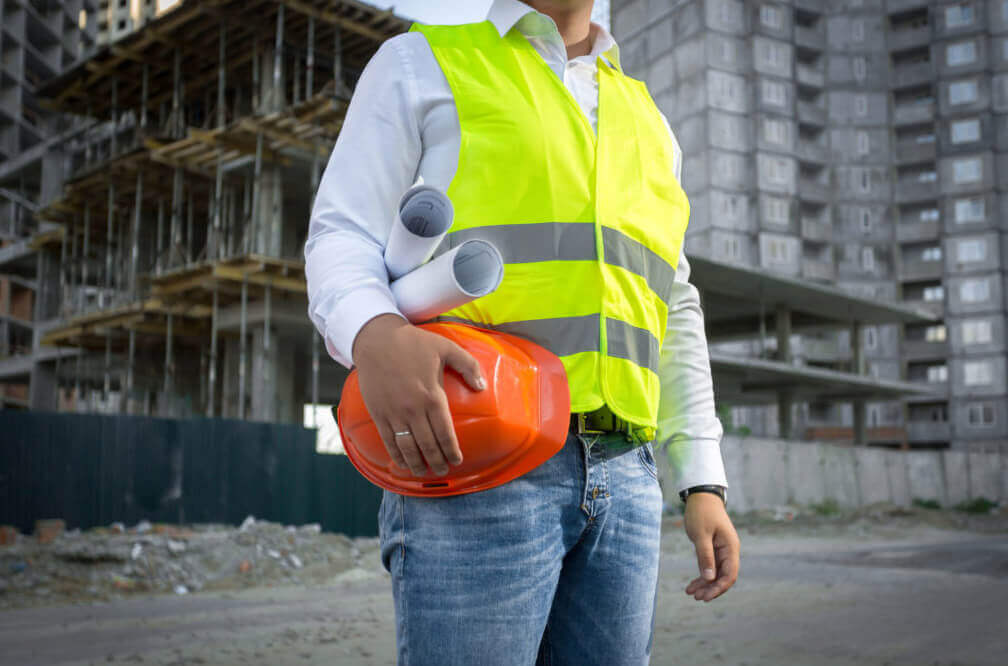This week the UK media is raising concerns about RAAC within schools. However, there have been concerns about RAAC and other forms of construction such as High Alumina Cement (HAC) for decades.
Let’s start by explaining what RAAC is. Reinforced Autoclaved aerated concrete is different from normal dense concrete. It has no coarse aggregate and is made in factories using fine aggregate, chemicals to create gas bubbles, and heat to cure the compound. It is relatively weak with a low capacity for developing bonds with embedded reinforcement.
When reinforced (Reinforced AAC: RAAC) to form structural units, the protection of the reinforcement against corrosion is provided by a bituminous or a cement latex coating, which is applied to the reinforcement prior to casting the planks. The reinforcement mesh is then introduced into the formwork and the liquid AAC mix is added.
It was used in two main forms of structural elements; lightweight masonry blocks and structural units (such as flat roof decks, wall panels and floor beams).
RAAC panels and beams are light-grey or white in appearance, the underside will appear smooth. The internal structure of the RAAC panels will appear bubbly, often described as looking like an Aero chocolate bar.





Now that we’ve helped explain RAAC, why is everyone concerned with this building material?
In late 2018, the Local Government Association (LGA) and the Department for Education (DfE) contacted all school building owners to draw attention to a recent failure involving a flat roof constructed using Reinforced Autoclaved Aerated Concrete (RAAC) planks.
Concerns that have arisen with RAAC roof decks include:
- Rusting of embedded reinforcement due to water ingress leading to cracking and spalling of the AAC cover;
- Cracking, of varying degrees of severity, is thought to be associated with moisture and temperature-related movements in the planks;
- Excessive deflections due to creep;
- Floor and roof planks tend to act independently, rather than as a single structural entity.
Grantley Lowe has existing knowledge and experience identifying this type of concrete in buildings. If you’re concerned that your building may contain RAAC please get in touch, and we can arrange a structural survey of your building immediately.


